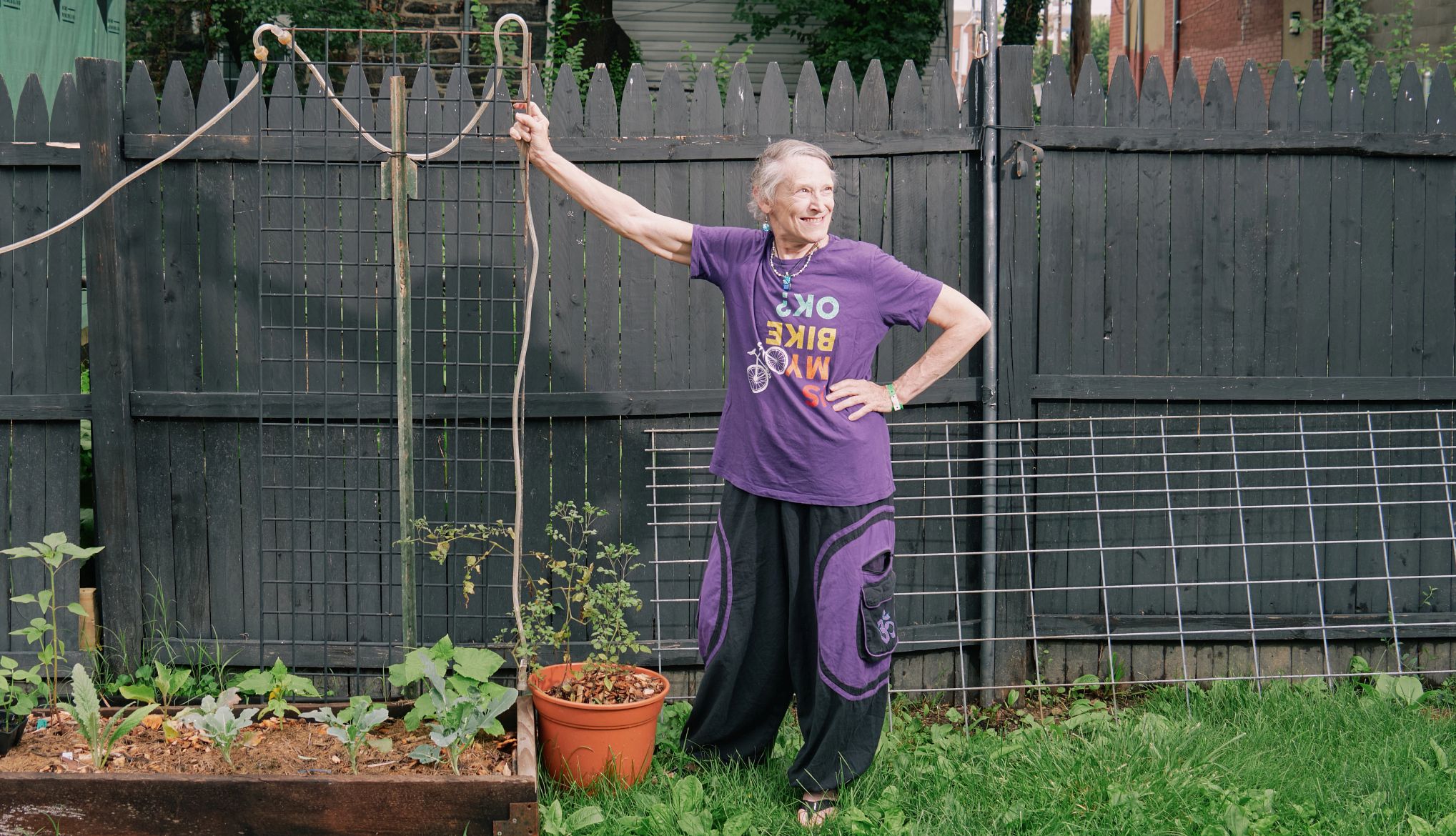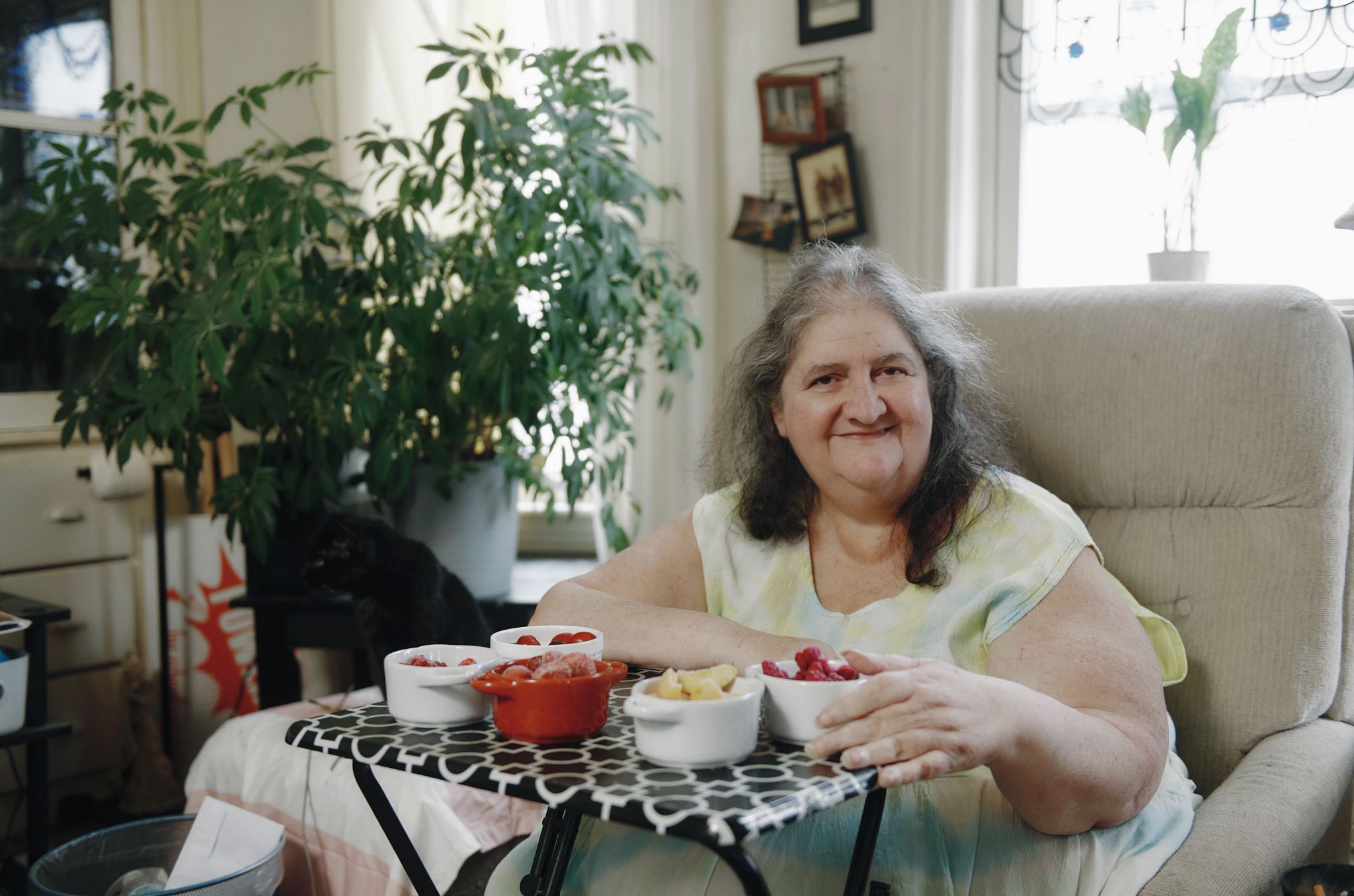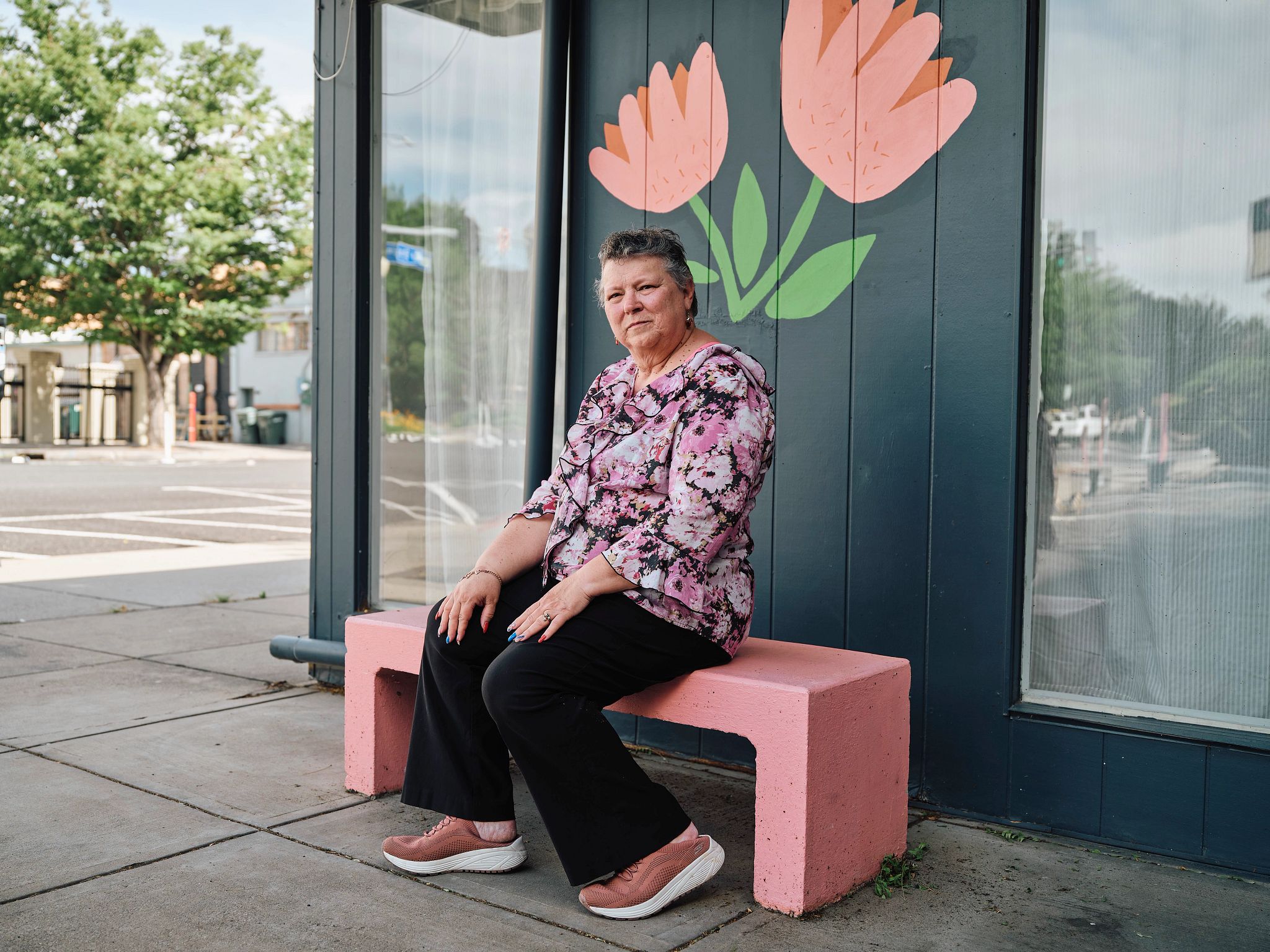AARP Hearing Center


When Kelly Lennox, 63, is grocery shopping, she focuses on buying nutritious food to aid her recovery from a litany of surgeries after a car accident last summer left her injured and unable to work.
Without the nearly $100 a month she gets from the Supplemental Nutrition Assistance Program (SNAP), Lennox says, those items would be hard to afford.
A stagehand and studio mechanic, Lennox has been out of work since the accident. She sometimes seeks out local Baltimore food pantries, but the variety and quality of the food vary. Some days all she finds are sauces or canned goods. SNAP assistance enables her to buy fresh greens and lentils and shop at nearby farmers markets.
“I try to just stay as healthy as I can,” she says. “You can’t live on all these condiments that are mostly sugar.”
Lennox worries that soon she may find it more challenging to afford the food she needs. Congress recently passed significant changes to SNAP in President Trump's sweeping domestic policy and tax bill. To offset this new spending and an extension of tax breaks, Republican lawmakers cut billions in funding for programs like Medicaid and SNAP. More than 11 million adults 50 and older participated in SNAP in 2023, and women are more likely than men to participate in the program.
Join AARP’s Fight to Protect Older Americans
Here’s what you can do to help:
- Sign up to become an AARP activist for the latest news and alerts on issues you care about.
- Find out more about how we’re fighting for you every day in Congress and across the country.
- AARP is your fierce defender on the issues that matter to people 50-plus. Become a member or renew your membership today.
AARP is “concerned about the deep cuts to SNAP, ” Nancy LeaMond, AARP’s chief advocacy and engagement officer, wrote in a May 21 letter to House leadership about several key provisions in the bill. She noted that the program is “a lifeline for millions of older adults facing rising food prices and financial strain.” The changes to SNAP expand existing work requirements to recipients ages 55 to 64 and reduce the federal government’s share of administrative costs from 50 to 25 percent, leaving states on the hook to cover the rest. In addition, for the first time, states will be required to cover the costs of some SNAP benefits themselves beginning in 2028. Each state’s share would depend on its “error rate,” or how much it under- or overpays on food benefits.
States with error rates at or above 6 percent would pay between 5 and 15 percent of benefit costs.
“I really depend on SNAP," Lennox says. “I never planned on getting hit by a car. [But] I have said my goal is to go back to work as soon as I possibly am able to.”
Lauren Ryan, AARP’s government affairs director for federal food security policy, said shifting even a small portion of SNAP costs to states would strain their budgets.
“To manage the new costs, states may be forced to restrict eligibility or limit benefits or withdraw from the program entirely,” she says. “Not only that, but some states may be forced to make difficult trade-offs between providing vital nutrition assistance or maintaining other crucial programs.”
One in 10 older Americans are food insecure, and many are concerned they might be affected by cuts to federal food aid. Here are some of their stories.
Food for health


Deb Powers, 66
Worcester, Massachusetts
For Deb Powers, food is medicine.
Since 2004, Powers has worked as a freelance writer, and her $259 a month in SNAP benefits has helped her prioritize buying fresh produce. She says a healthy diet has allowed her to manage her diabetes and eliminate reliance on insulin.
“If I lose SNAP, or if there are cuts, I’m going to be back to eating whatever I can manage to buy,” she says. “Obviously, what’s even worse than not eating healthy foods for diabetes is not eating any food.”
As food prices rise, those on fixed incomes may be making difficult trade-offs at the supermarket.


































































More From AARP